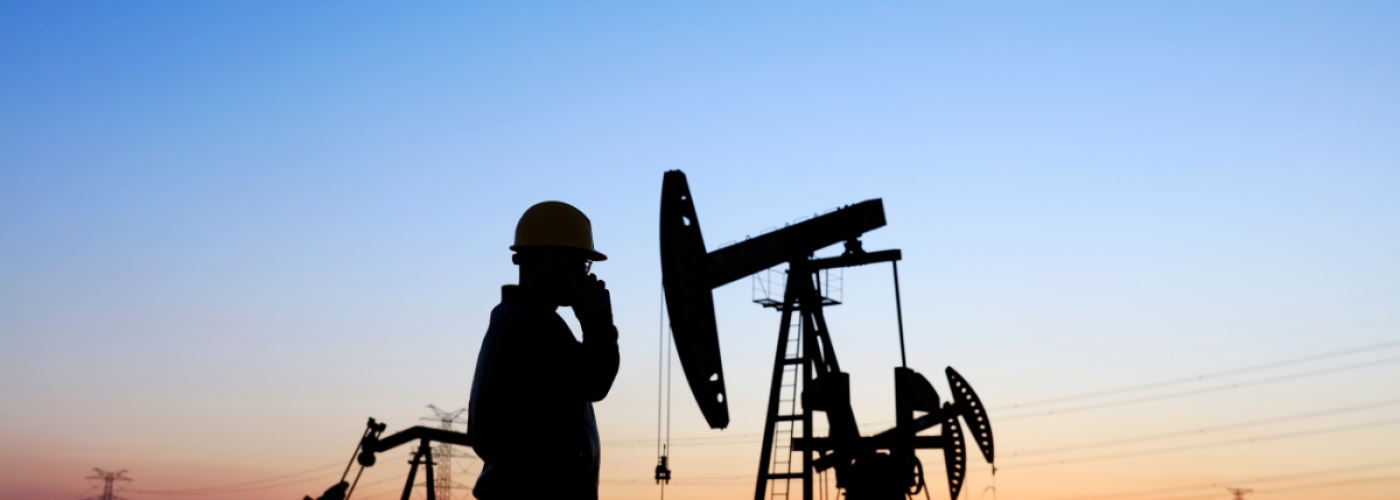When you fill up your car at the gas station, it’s easy to forget the incredible journey that barrel of oil has taken. From deep underground reservoirs to refineries, and eventually into your fuel tank, every drop of oil undergoes a highly coordinated process involving complex equipment, skilled labor, and global infrastructure from the Backbone of Oil Production.
Let’s walk through the life of a barrel of oil—from the moment it’s extracted at the wellhead to its final destination in the global marketplace.
1. Exploration and Discovery
The journey begins long before a drop of oil is extracted. Exploration teams use seismic surveys, geological modeling, and satellite data to locate potential hydrocarbon reserves deep underground or beneath the ocean floor. Once a promising site is identified, exploratory drilling confirms the presence and commercial viability of the reservoir.
2. Drilling and Production
Once a reservoir is confirmed, production drilling begins:
- Drilling rigs bore wells thousands of feet into the earth.
- Casing and cementing reinforce the well to prevent collapse.
- Wellheads and Christmas trees are installed to manage flow and pressure.
At this point, crude oil begins its journey to the surface. Depending on the nature of the reservoir, the oil may flow naturally or require artificial lift systems like pumpjacks or electric submersible pumps (ESPs).
3. Separation and Initial Processing
Crude oil doesn’t come out of the ground pure. It’s a mix of oil, natural gas, water, and sediment. Before it can move on, this mixture must be separated:
- Three-phase separators divide oil, gas, and water.
- Heaters and treaters may be used to remove emulsions or improve separation.
- Storage tanks temporarily hold the separated oil before transport.
4. Transportation to Refineries
Once separated and stabilized, crude oil is ready for transport. Depending on the location and infrastructure, this may involve:
- Pipelines – The most cost-efficient and common method.
- Tanker trucks – Used in remote or smaller fields. Like picker trucks in Alberta.
- Railcars – Common in landlocked regions like North America’s Bakken Shale.
- Oil tankers – Giant ships move crude across oceans from producers to international markets.
Transportation infrastructure often includes pump stations, compressor units, and metering stations to maintain flow and track volumes.
5. Refining
At the refinery, crude oil is transformed into usable products through a process called fractional distillation. This separates oil into various components based on their boiling points:
- Gasoline
- Diesel fuel
- Jet fuel
- Lubricants
- Asphalt
- Petrochemical feedstocks for plastics and synthetic materials
Additional refining processes like cracking, reforming, and blending further customize these products for specific uses.
6. Distribution to End Users
Refined products are then transported again—this time to wholesalers, fuel stations, and industrial consumers. This stage may involve:
- Fuel terminals and depots
- Retail fuel stations
- Airports and trucking companies
- Chemical plants and factories
From here, oil’s transformation is complete: it powers vehicles, heats homes, fuels airplanes, and even becomes the plastic in your phone case.
The journey from wellhead to market is an intricate and fascinating process that spans continents, technologies, and industries. It involves collaboration between geologists, engineers, logistics experts, and traders. Understanding this journey not only gives you a new appreciation for the fuel that powers our world—it also highlights the complexity and scale of the global energy system. Whether you’re a student, a professional, or just curious about where oil comes from, the story behind every barrel is a remarkable feat of engineering and logistics.

